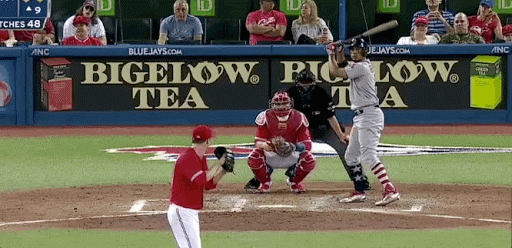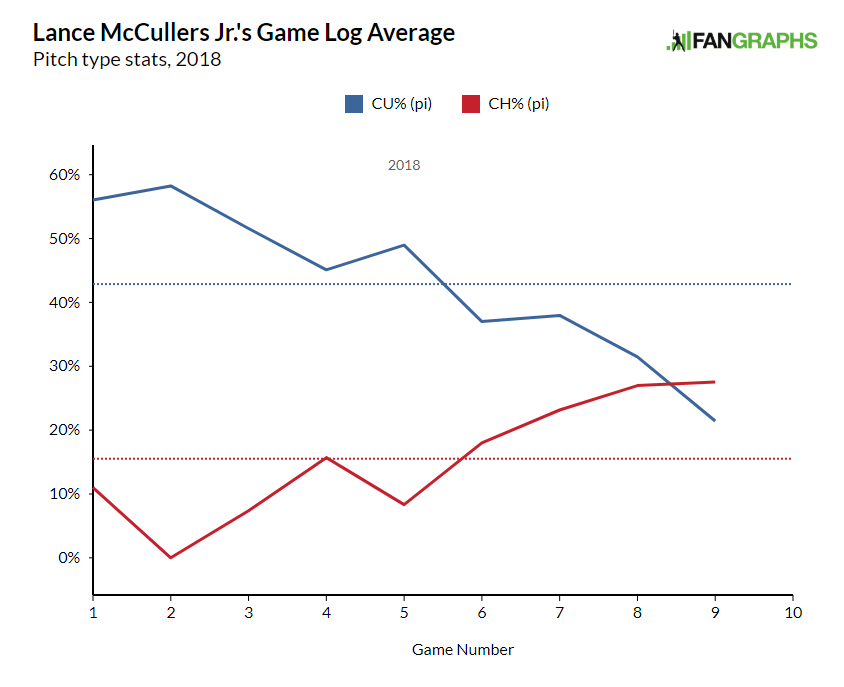Jaime García Is Fine with the Bullpen
This is Cat Garcia’s final post as part of her FanGraphs residency. She is a freelance baseball writer whose work has appeared at The Athletic, MLB.com, the Chicago Sun-Times, La Vida Baseball, and Baseball Prospectus, among others. She is a Chicago native and previously worked at Wrigley Field before becoming a full-time freelancer. Follow her on Twitter at @TheBaseballGirl.
It’s been a long journey for Jaime García. Over the course of a 10-year career, he has battled back from three major surgeries. The Cardinals sent him to the Braves in the 2017 offseason, and he was traded twice more before the season was done. He signed with the Blue Jays this past February but was designated for assignment at the end of August after putting up a 5.93 ERA and a 5.23 FIP in 74 innings of work. A day later, García signed a minor-league deal with a Chicago Cubs team in the thick of a pennant race.
The question was, what would García’s role be in Chicago? He had lost his job as a starter in Toronto and was sporting a less-than-ideal ERA. But García came with one asset that stood out to the Cubs — a strong slider that looked brilliant out of the bullpen.
“I feel like… being in the bullpen has allowed me to feel pitches a lot better and finish pitches better,” García told me when I spoke to him. “I think that’s had an impact on my slider. You only have to pitch an inning, and even if you’re not feeling 100% or you’re fatigued, you just keep going out there and kind of feel things better, and it’s only for an inning or two.”
Cubs pitching coach Jim Hickey was quick to point out the uniqueness of García’s slider.
“The ability to get it under a right-handed hitter not just a left-handed hitter,” Hickey said. “A lot of times, those left-handed relief pitchers that have the breaking ball use it primarily versus the left-handed hitters. But he’s certainly able to get up under the right-handed hitter very well.”







